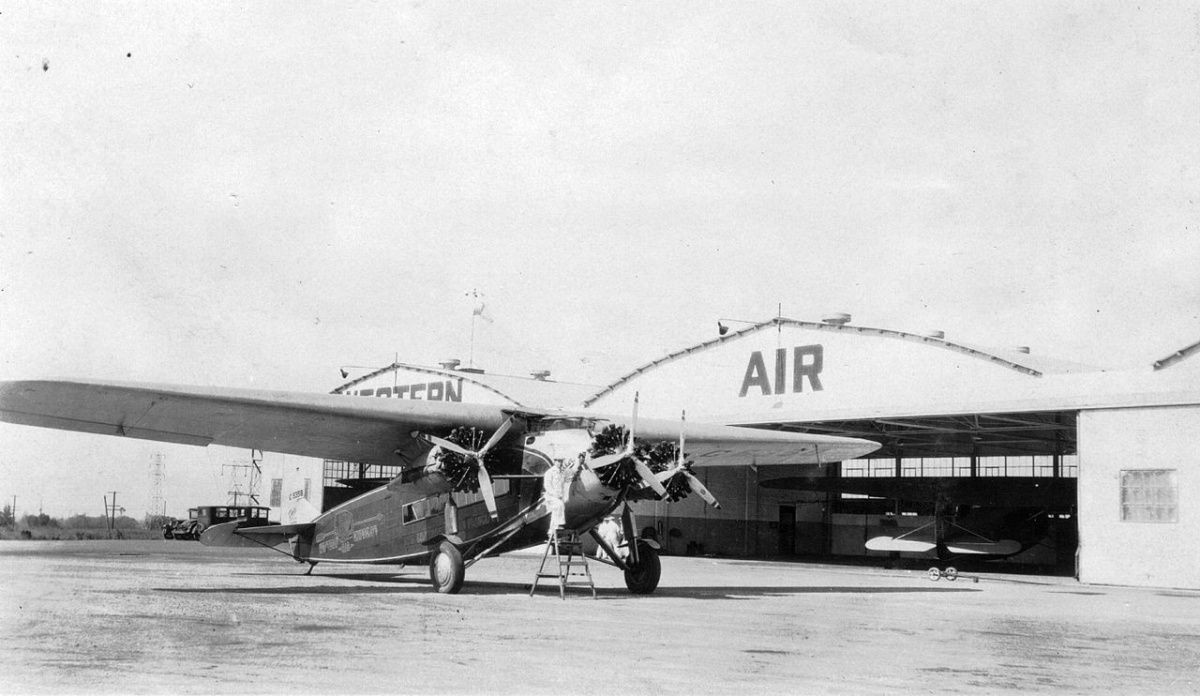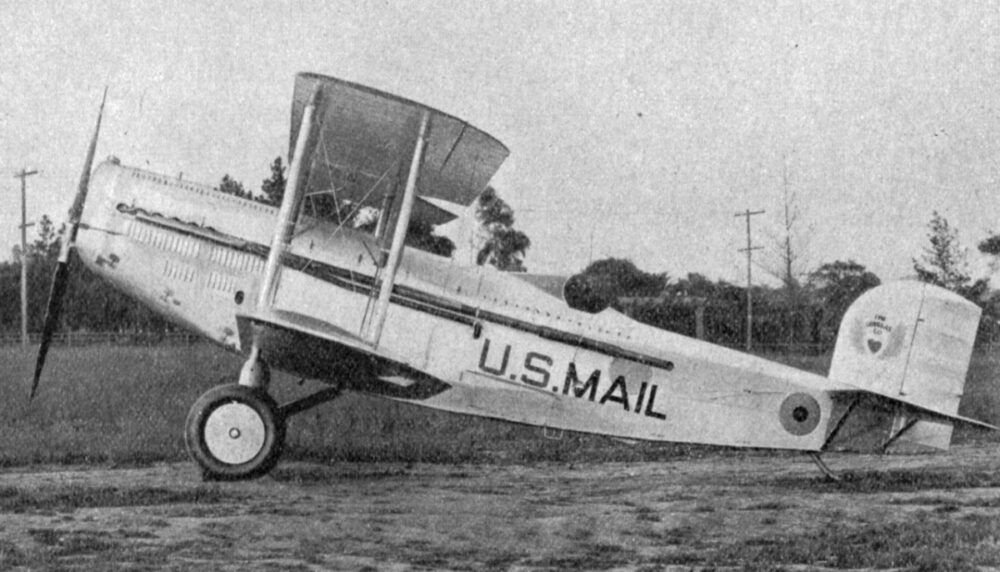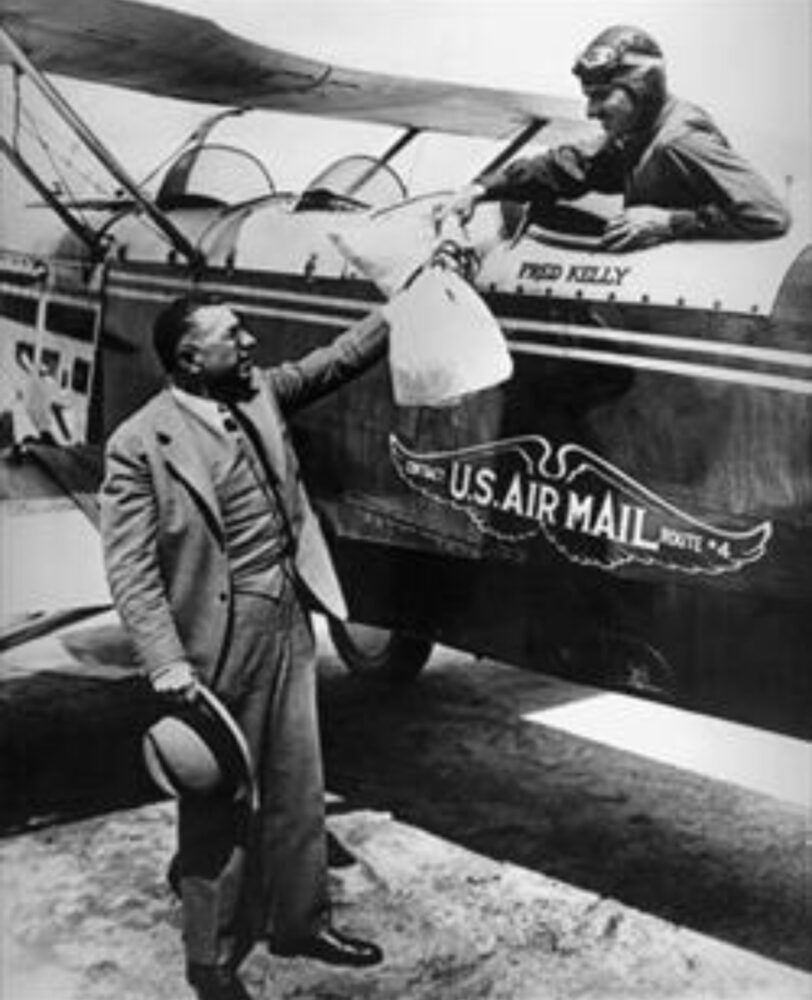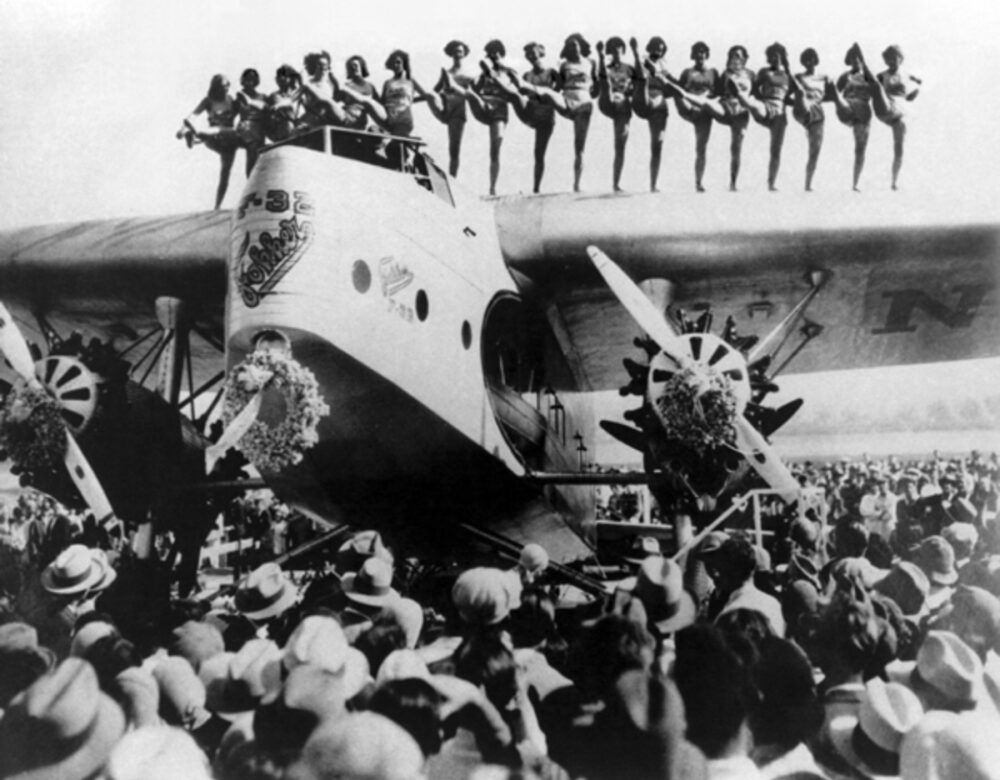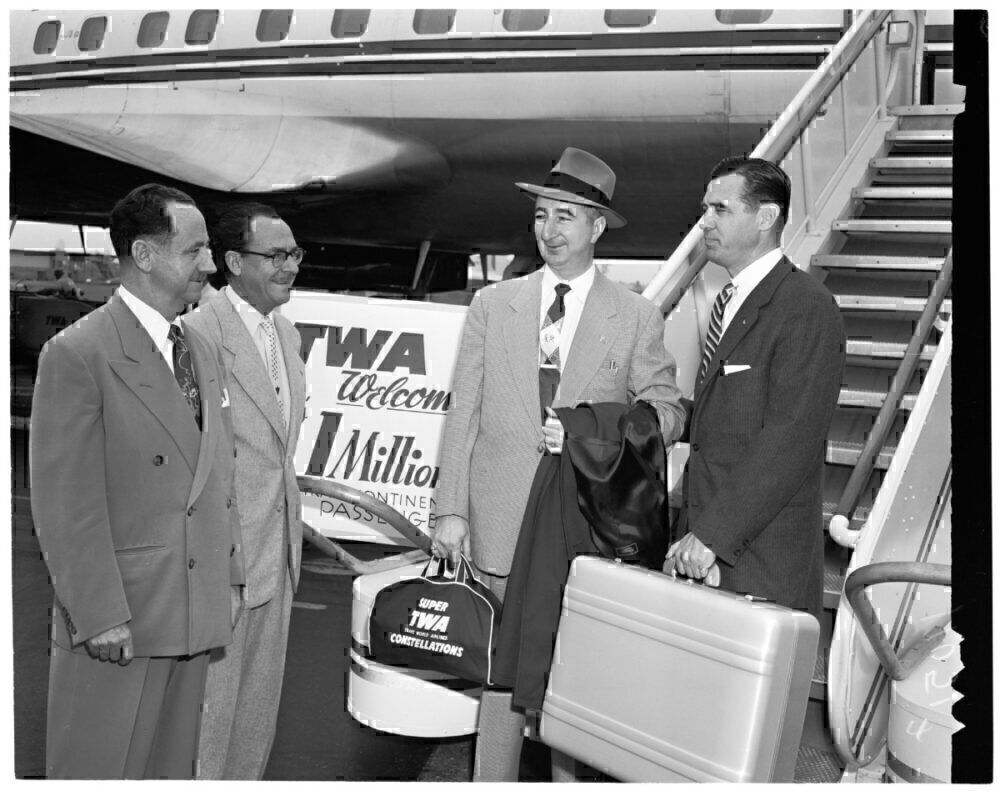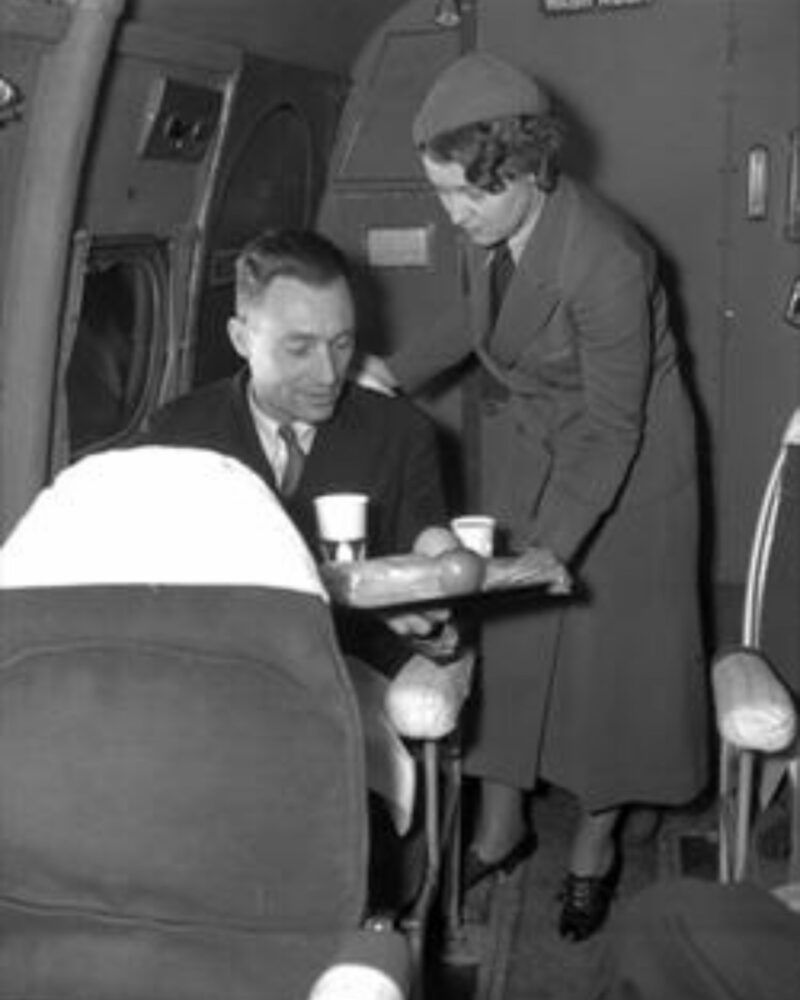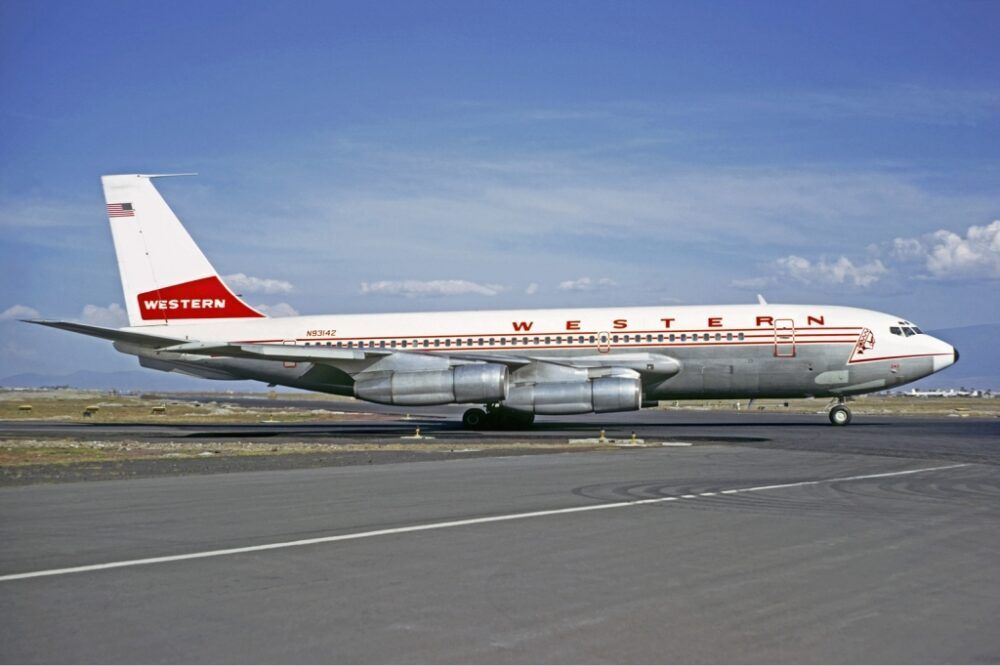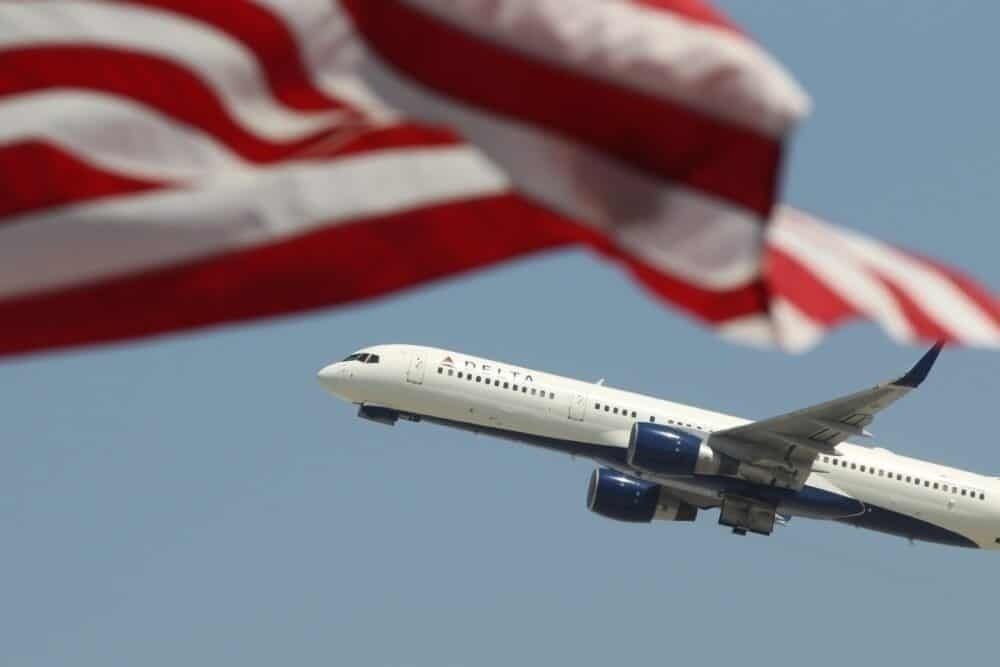It has now been 94 years since Western Airlines first commenced operations. The legendary carrier was the oldest continuously operating carrier in the United States until it merged with Delta Air Lines in 1987. Here is a look at some of the key moments in the operator's early history.
Strong beginnings
Western's history traces back to July 13th, 1925, when the company of Western Air Express was incorporated. Harris "Pop" Hanshue was the first person to take the reigns of the airline. The Delta Flight Museum highlights that the firm took on six Douglas M-2 planes for its 24 employees to help operate across the skies. The Californian outfit's first hanger interestingly used to be a movie studio.
Business got going on April 17th, 1926, when it's first commercial flight departed Los Angeles to head for Salt Lake City. Pilot Maury Graham also made a stop in Las Vegas during the 651-mile airmail operation.
It didn't take long for passenger service to begin. The following month, on May 23rd, Pilot Jimmie Jones flew two customers from Salt Lake City to Los Angeles via Las Vegas. It must have been a bumpy ride as Ben Redman and J. A. Tomlinson were sat on mail sacks while on their way! Two other passengers caught the flight on the way back to Utah.
By the end of the year, the airline carried out 518 mail flights. Altogether, it delivered 70,230 lbs of mail and transported 258 passengers in the air.
Progress continued into 1927, especially with the firm's mail service. Western's Los Angeles operations accounted for 40% of the whole of the United States' airmail. This success enabled the firm to become the first-ever airline in the country to pay a cash dividend to its stockholders at $72.60 per share net profit. Additionally, Air Express shipments began that year.
Additional offerings
Service was ramped up in 1928. The carrier began serving meals on its popular route between Los Angeles and Salt Lake City. This "model" service saw passengers fly in a luxurious setting with no mail on board. The initiative was supported by a grant from the Daniel Guggenheim Fund for the Promotion of Aeronautics, and Fokker F-10 aircraft were used. Notably, this type was the first tri-motor plane in the country.
It wasn't only transportation that Western provided with its operations. It had set up the first en-route weather reporting service by building 37 weather stations between Los Angeles and San Francisco.
The triumphs continued into the 1930s. By the start of the century, the airline flew 16,000 miles with its fleet of 40 planes. During this time, it achieved another US aviation first. It transported travelers in reclining seats of its Fokker F-32, which was the first four-engine passenger plane in the US. The airline even deployed TVs onboard in 1932. However, this was a one-off at the time.
Across the industry
During this decade, Western and Transcontinental Air Transport (TAT) merged its routes and formed Transcontinental & Western Airlines (TWA). However, Airways Magazine highlights that Western continued to operate its original route between Salt Lake City and Los Angeles separately from the new outfit.
In 1931, western took over Mid-Continent Air Express. This carrier's name was changed to General Air Lines in 1934, as it officially became an independent business under General Motors (GM). It was this year that Western also broke away from TWA and dissolved General Air Lines as it formed the Western Air Express Corporation.
Towards the end of the decade, Western continued to experiment with its ventures and merged with National Parks Airways. The airline also deployed the famous the Douglas DC-3 in the skies. Typewriters could be found onboard its aircraft for passengers to put to good use while in the middle of the air.
Expansion continued into the 1940s as the carrier began flying to Canada in 1941. It was also this year when the company changed its name to Western Airlines. However, with the US scaling up its involvement in World War II following the attack on Pearl Harbor, the country mobilized its aviation industry for the war effort. Therefore, the airline'a priority with its operations was to serve the country during this time.
Only the start
The airline conducted several key operations during the war and the years that followed. This pre-war period of its history is only the beginning of an eventual journey for the US aviation industry veteran.
Since merging with Western, Delta hasn't shied away from talking about the triumphs of Western during its history. It is proud to talk about the airline's activity over the course of its lifespan.
According to the Delta Flight Museum, Jerry Grinstein, Western (and future Delta) chairman and CEO, said the following regarding the airline on its 60th anniversary in 1986.
"Western Airlines was born out of the same pioneering spirit that settled the American West."
We will cover these next stages in the next chapter of Western Airline's story. Keep an eye out for this second part of this series in the weeks to come.
What are your thoughts about Western Airline's early days? Do you have any fond memories of the airline over the years? Let us know what you think of the carrier in the comment section.

